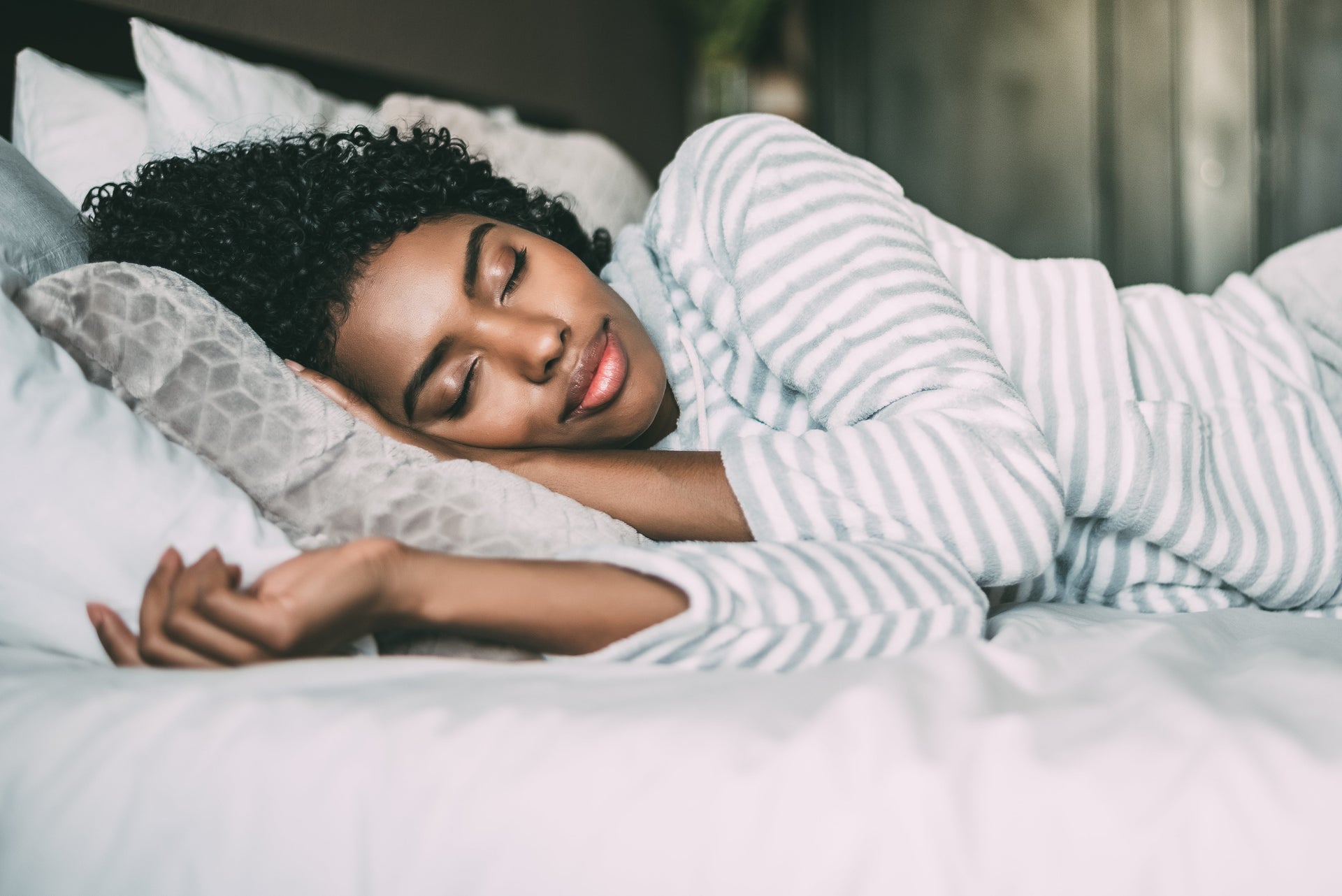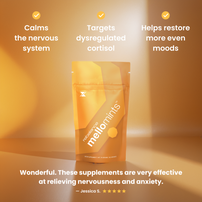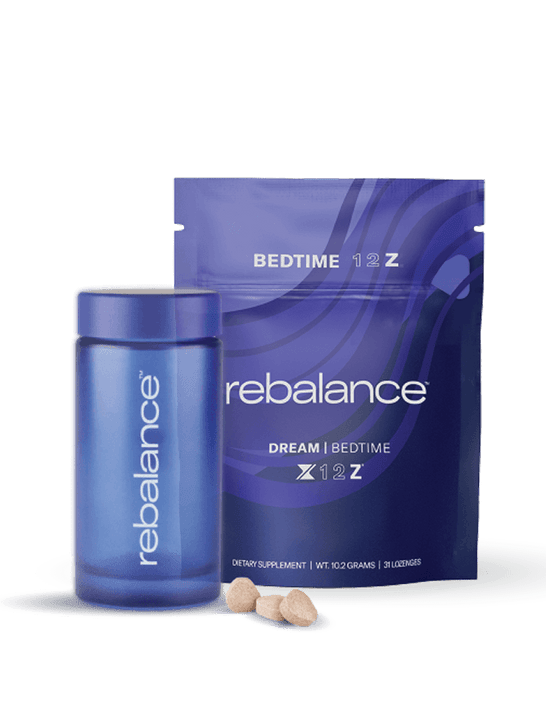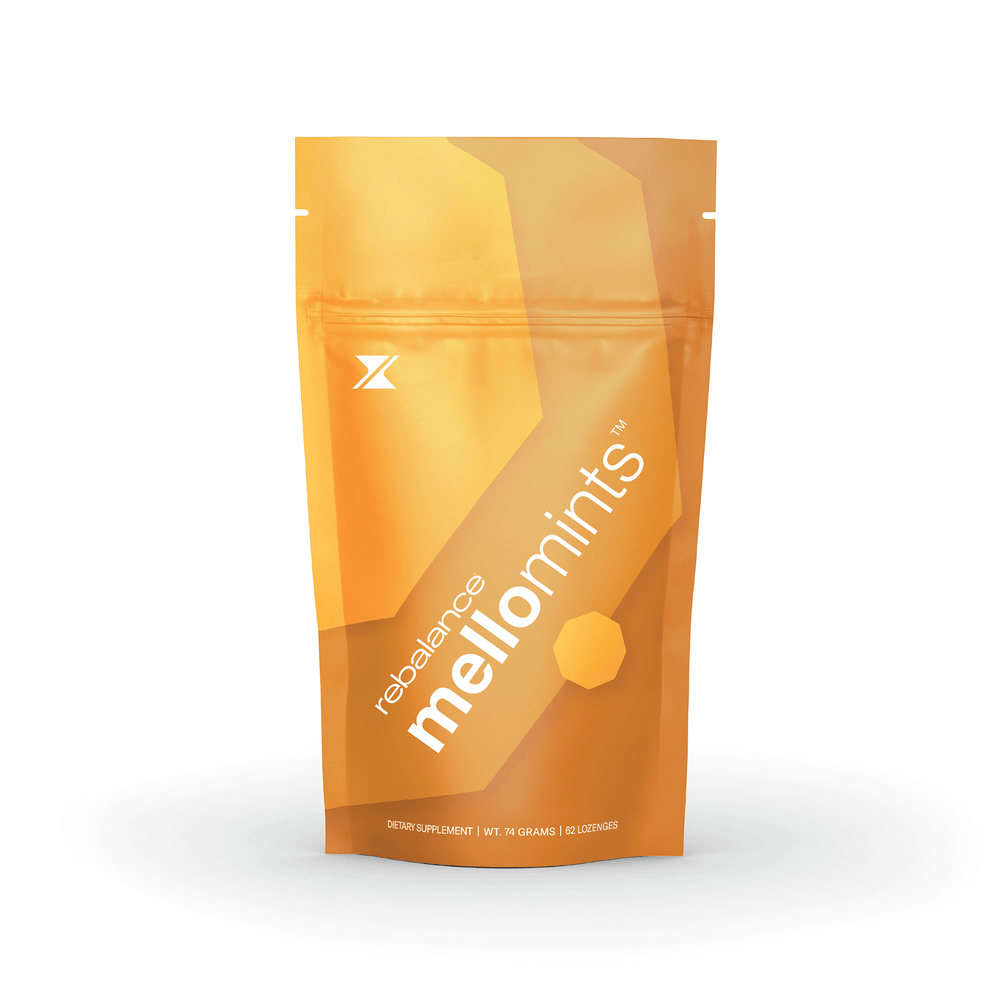Sleepmaxxing: The Science of Getting the Most Out of Rest
10/13/2025 by Rebalance Health

You may have seen social media influencers talking about sleepmaxxing — the trend that treats sleep like a performance metric. But beneath the TikTok buzz is something real: science shows that the quality of your sleep is one of the biggest predictors of stress resilience, hormone balance, and long-term health.
In other words, sleep isn’t passive. It’s your body’s nightly repair cycle — and optimizing it is one of the smartest ways to lower cortisol and rebalance your system.
What Is Sleepmaxxing?
“Sleepmaxxing” means optimizing every factor that affects your sleep — not just how long you sleep, but how deeply you rest and how well your circadian rhythm stays aligned. It’s about treating sleep as a daily investment in recovery, energy, and performance.
The idea took off on social media, but it’s rooted in sleep science — especially in research on sleep architecture, cortisol rhythm, and the glymphatic system (the brain’s built-in cleaning process that only works during deep sleep).
The Science Behind Better Sleep
1. Cortisol & Circadian Rhythm
Cortisol follows a natural 24-hour cycle: highest in the morning, lowest at night. When stress, blue light, or irregular sleep patterns disrupt that cycle, cortisol spikes at the wrong time — keeping you wired when you should be winding down.
Studies from Harvard and the NIH show that stable sleep schedules and reduced nighttime light exposure help keep cortisol in sync, improving both sleep quality and daytime energy.
Rebalance Insight: Supporting your body’s natural cortisol rhythm helps restore this cycle. That’s why our systems focus on morning activation, daytime balance, and nighttime recovery.
2. The Glymphatic System: Your Brain’s Detox Cycle
During deep, slow-wave sleep, the brain’s glymphatic system flushes out toxins and metabolic waste. Research published in Science found that this system is 10 times more active during sleep than when you’re awake.
When you shortchange sleep, those byproducts — including beta-amyloid — can accumulate, contributing to cognitive fog and long-term neurological decline.
3. Melatonin, Light, and Temperature
Melatonin doesn’t just make you sleepy — it’s a signal that tells your body it’s time for repair. Exposure to blue light (from screens) suppresses melatonin by up to 80%. Meanwhile, even small changes in body temperature can improve or impair sleep onset.
Science-backed tip:
-
Dim lights 60 minutes before bed.
-
Lower room temperature to around 65°F (18°C).
-
Avoid screens within an hour of sleep — or use blue-light filters if you must.
4. Why Deep Sleep = Hormone Reset
Most of your body’s repair hormones (including growth hormone, testosterone, and leptin) are released during the deepest stages of sleep. Consistent high-quality sleep keeps your metabolism, appetite, and mood in check. Poor sleep? It spikes cortisol, lowers testosterone, and increases ghrelin — the hormone that triggers cravings.
How to Sleepmaxx (Without Overcomplicating It)
You don’t need a $10,000 sleep pod to “sleepmaxx.” Start with the basics:
1. Align with Light:
Expose yourself to sunlight within an hour of waking. This anchors your circadian rhythm and tells your brain when to start winding down later.
2. Set a Wind-Down Routine:
Create a consistent pre-sleep ritual — dim lights, stretch, journal, or take your nighttime supplements (like DREAM). Your brain thrives on predictable cues.
3. Limit Evening Stimulation:
Avoid intense exercise, alcohol, or emotionally charged conversations too close to bedtime. They keep cortisol elevated when it should be falling.
4. Stack Sleep Habits:
Pair calming activities — like magnesium intake, herbal tea, or breathwork — to reinforce your body’s rest signals.
5. Protect Your Sleep Environment:
Cool, dark, quiet, and device-free. Every sleep scientist agrees: these are non-negotiables.
In Summary?
“Sleepmaxxing” isn’t about chasing perfection — it’s about consistency. True recovery happens when your body knows what to expect.
If stress has been hijacking your nights, start with one small change: earlier light, earlier wind-down, earlier rest.
Your body doesn’t need more effort — it needs rhythm.
Overview

Stay Calm. Sleep Deep. Wake Clear.
A lozenge that supports deep sleep, better REM, and calmer nights. Without melatonin — unless you want it.














